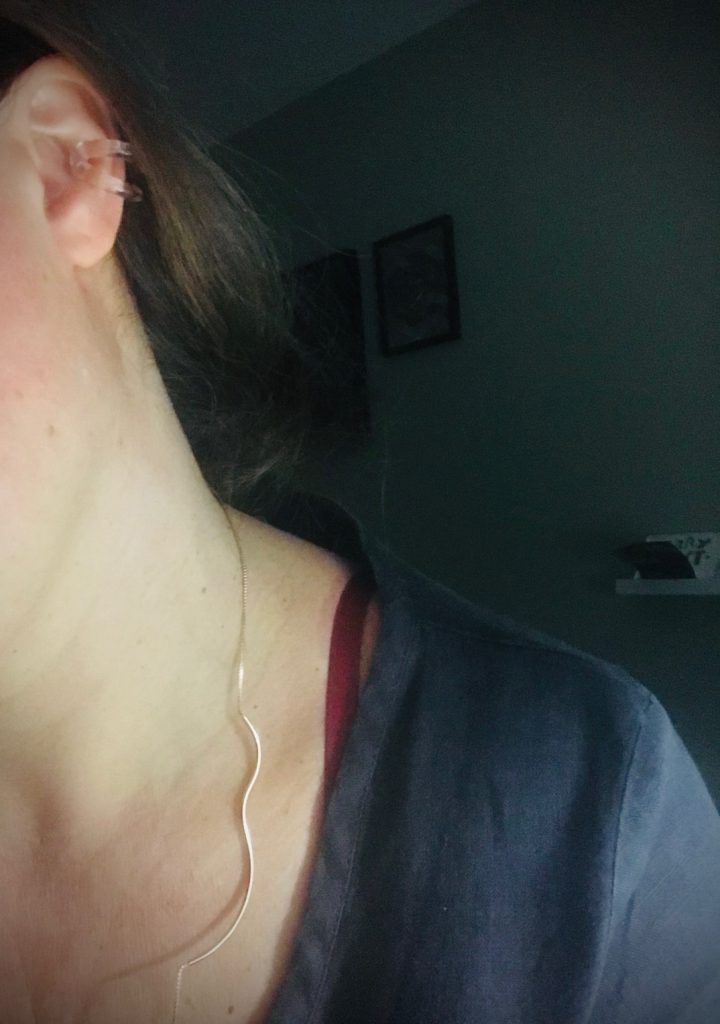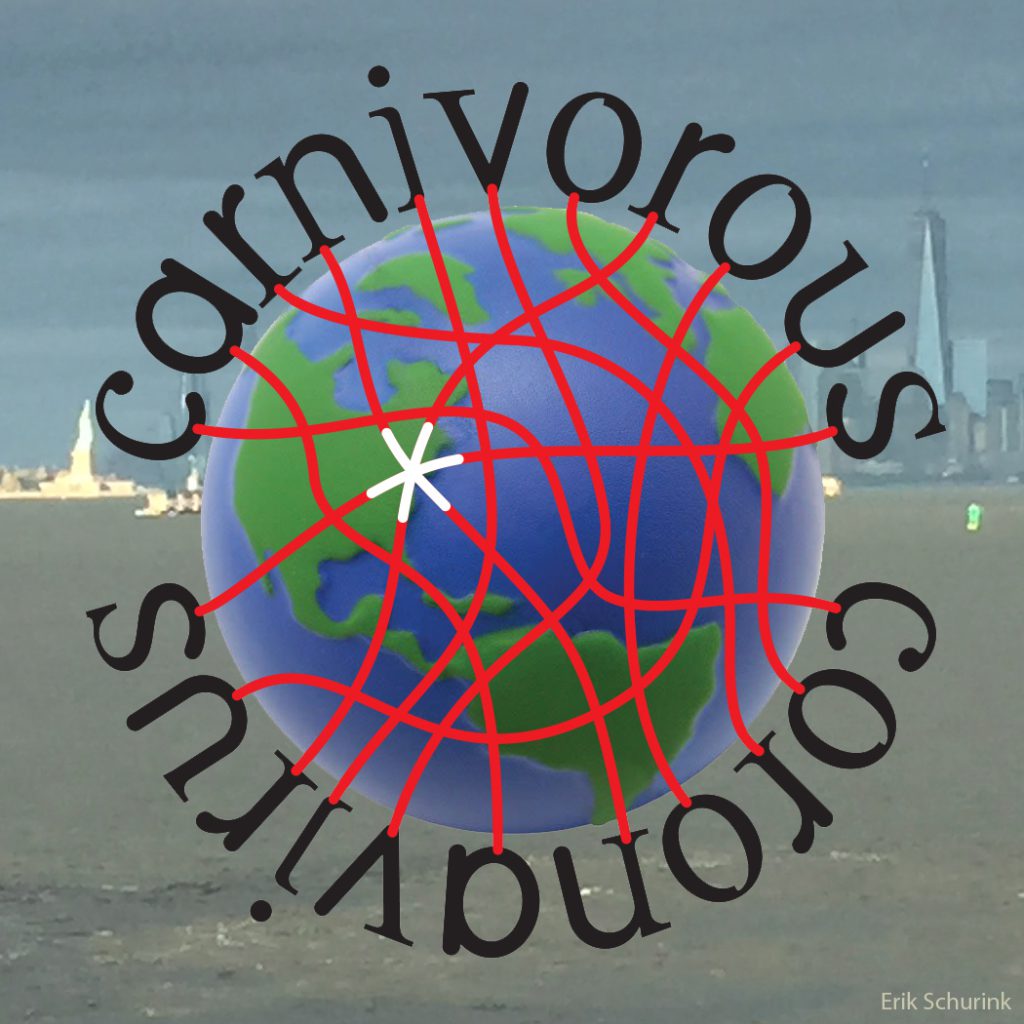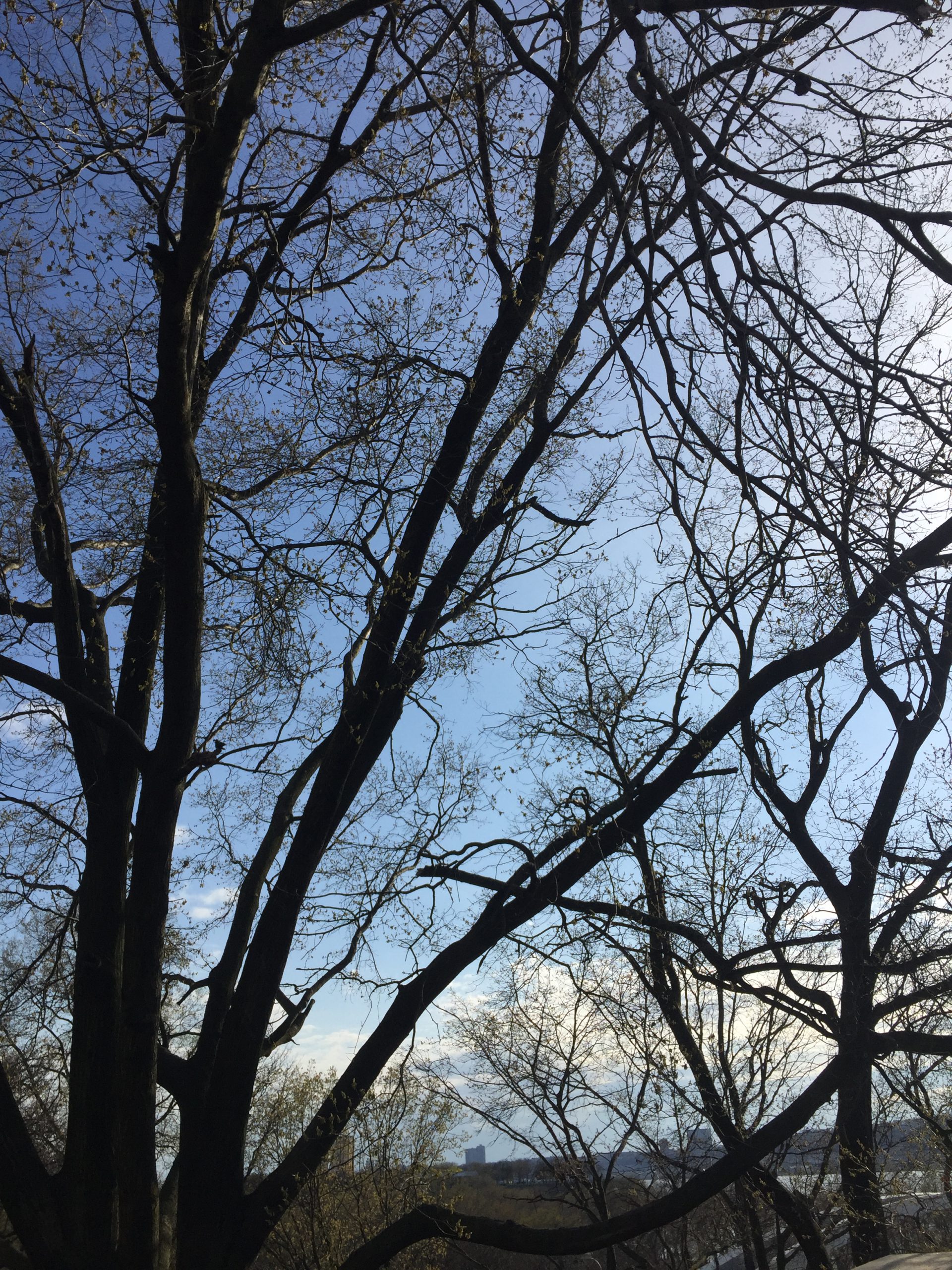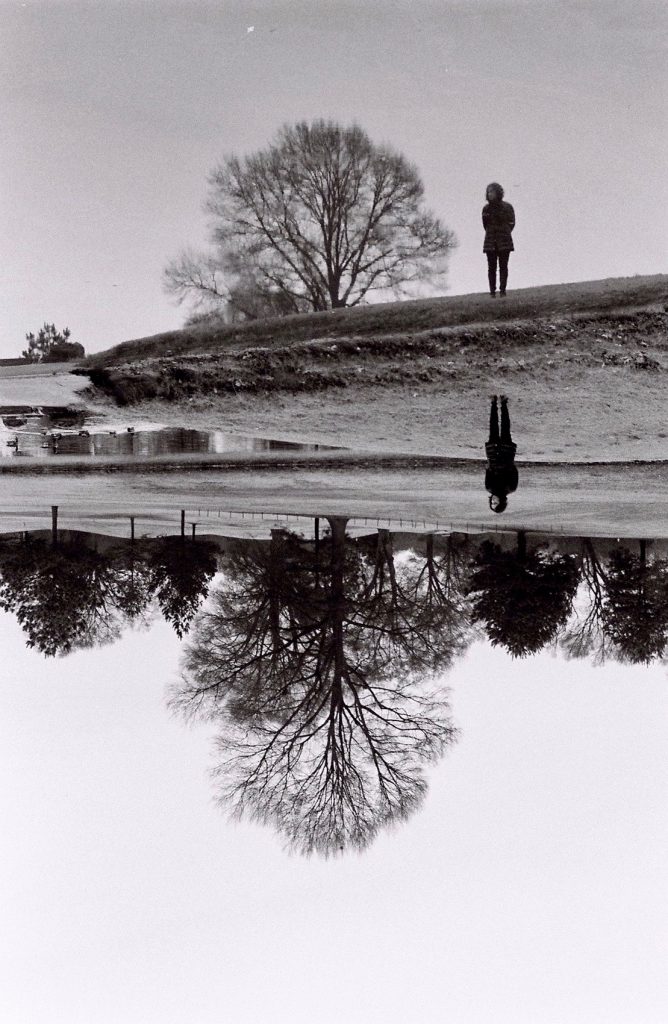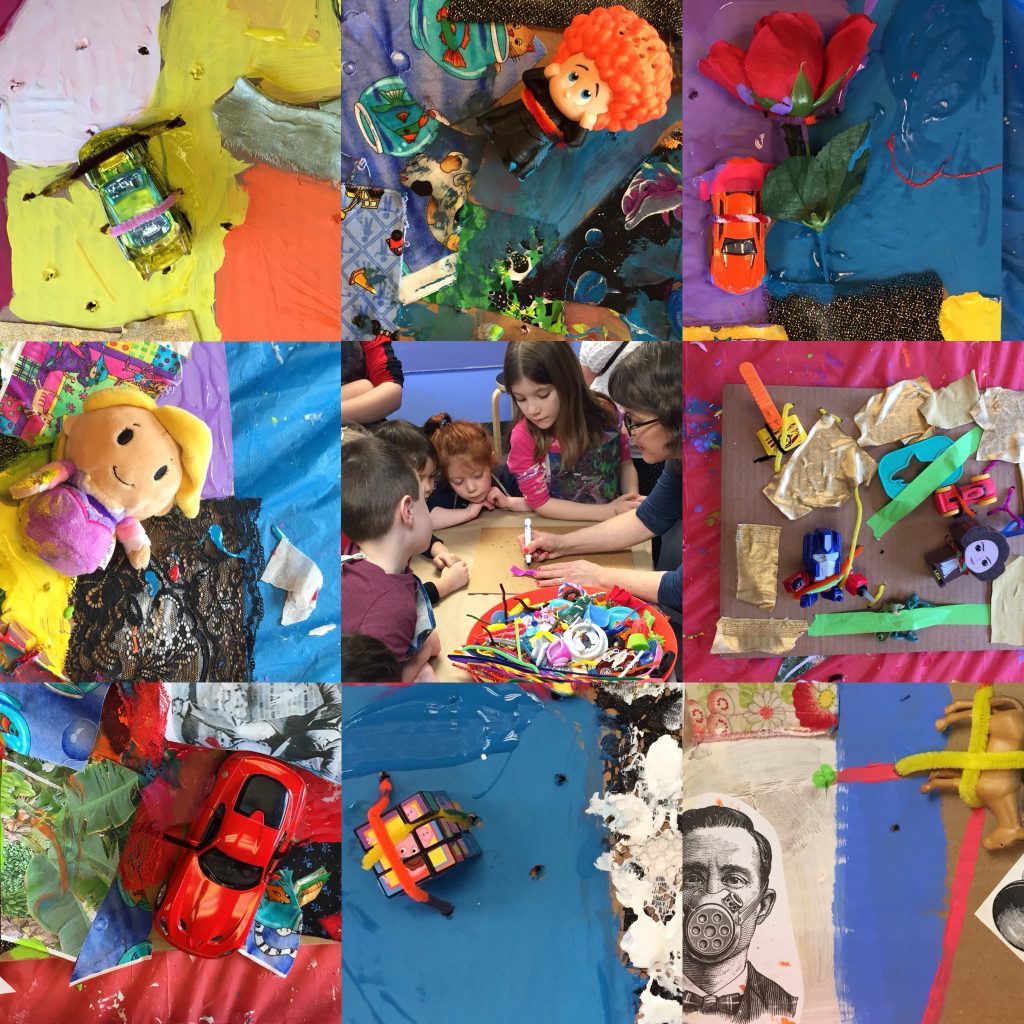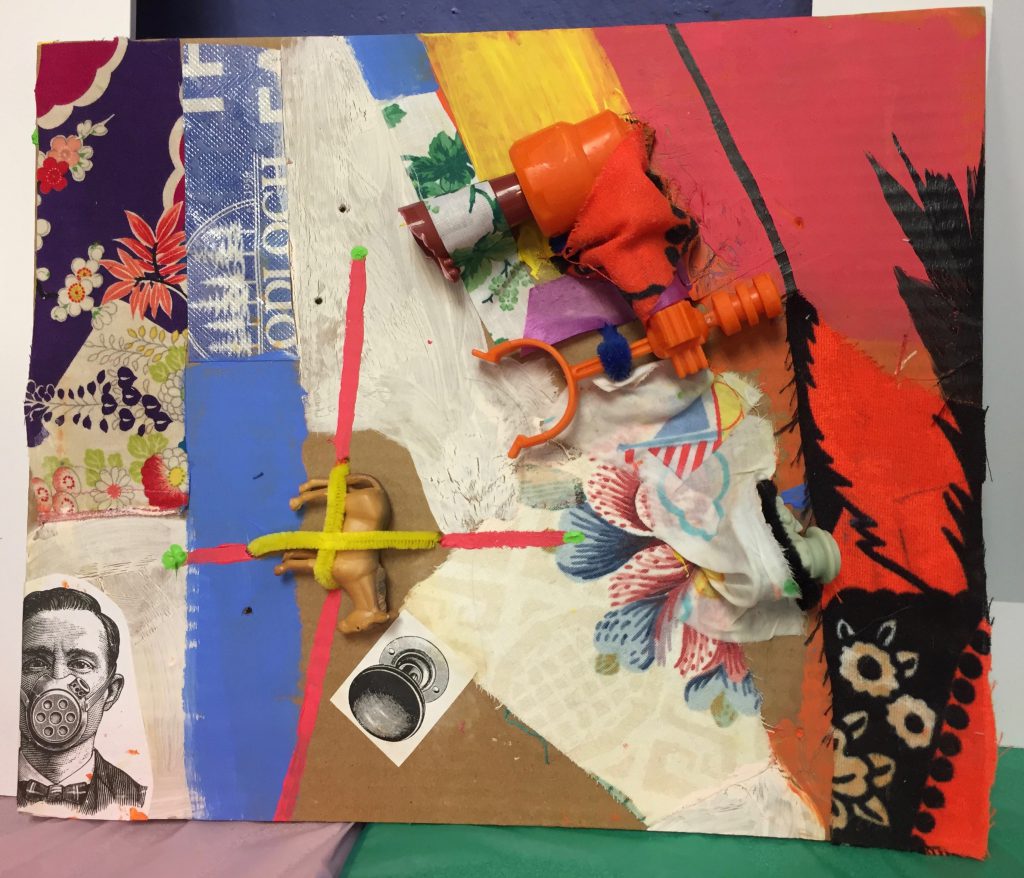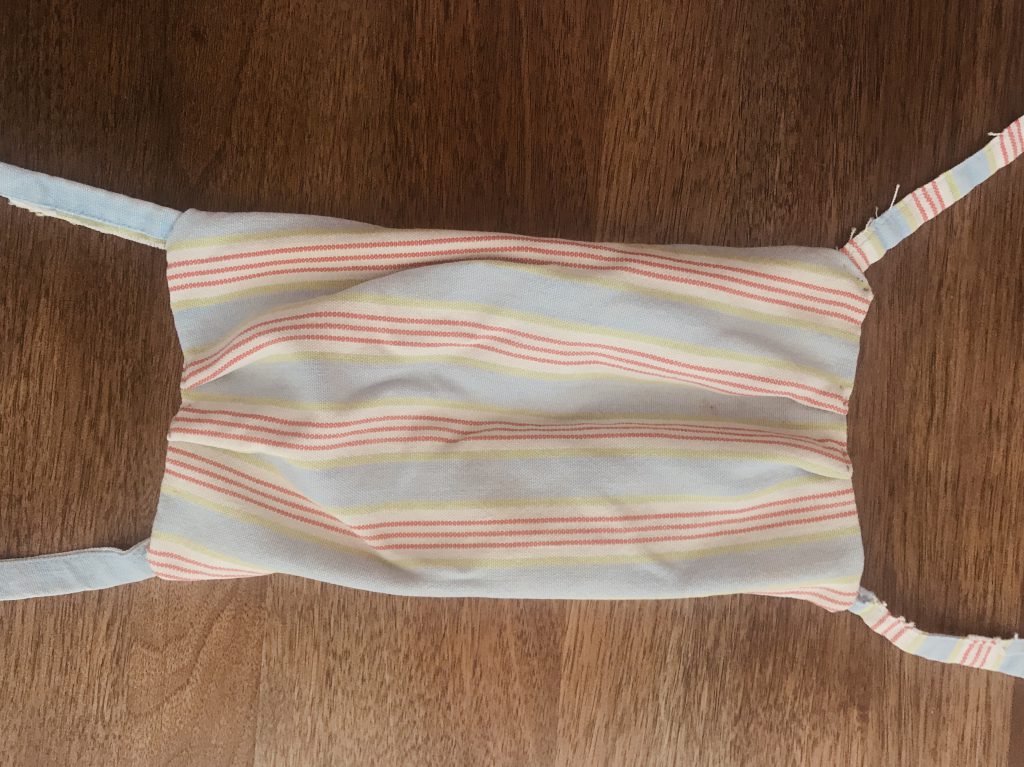I received a package in the mail with a new necklace and an earcuff. I did my sanitizing ritual and I immediately start crushing on my new acquisitions. Annika is talented at her craft and makes unfussy things you can wear with anything. But still, this feels vapid. Why do prettiness at a time like this? Cerebrally, I can justify it perfectly: this sale was donating proceeds to health-care workers and I want to continue to support women-owned small business. But this rationale does not account for the discreet, reckless glee when I catch myself in the mirror.
Monica Salmaso’s duets of classic samba bear two distinct traits: very humble objects for percussion instruments, like a clay bowl or aluminum table, and guests airkissing the opposite edge of the frame at each farewell. This awareness of the confining edge and the need to broadcast human contact, mirrors and models for its audience. We Brazilians are big on kissing our cheeks, and touching each other liberally. A stranger might splay his hand over your shoulder blades in a supermarket aisle, just to scooch by with a heavy basket. Contact is not immediately perceived as a threat. The physical boundary of privacy is just not upheld that way. This gets me wondering how long before a random touch will resume being just a signal, and not a sentence.
Matchboxes serving as an impromptu tambourine is an old trope in samba culture. To me, it’s always shown that people are undaunted by not being able to afford a proper instrument, and let nothing stand in the way of their song, which is commendable. But it’s the air kissing the edge of the frame that moves me to tears, because it serves as evidence of their deep commitment to visible affection, but also the more zeitgeisty awareness of spectatorship, like a benevolent, compound investment in the language of togetherness. She titled the series: “ Ô de casas”—this is what you’d say if spontaneously venturing into your neighbor’s home in the Brazilian countryside to announce your arrival. When John Berger draws a line in the sand between nudity and nakedness, he does so by bringing our attention to the fact that nudity includes the awareness of being seen naked. These musicians bring unintended awareness to their separateness and bridge it in a smack.
Today, I also learned that a vibrant screenwriting professor passed away from Covid-19. She was part of the vulnerable group, yet my contact with her left imprints of anything but vulnerability, she was fierce in her feedback, and warm in her humanity. I went back to my class notes and found this:
“The artist’s conflict is always that he wants to do his work,
but the world doesn’t give a damn”
Milena Jelínek, an expat like me, from the Czech Republic, is gone and I haven’t been able to shake off the thought of what her final hours must’ve felt like. I take solace in the fact that she lived fully present, as far as I can tell. If rituals do little for the departed, I think we will just begin to grapple with how being deprived of mourning rites affects our personal threshold between life and death. This edge goes unwatched.
I mark my ongoing aliveness by getting washed, combed, dressed and now, bejeweled. Some people cling on to organization, others productivity, I stick to being presentable. Presentation is interlocution, and interlocution assumes others. Today, phantasmagorical others. This is my week alone while my kid is with his dad. I have to emulate otherness, and I do. I didn’t even know there was such a thing as earcuffs before I struck a friendship with Annika, and now I do. Coping as pizzicato, stringing along, one pluck at a time.
Club Quarantine is another welcome phenomenon in my feed. D-nice just has the most understated demeanor for a DJ and the nostalgic repertoire appeals to my current sensibility. I watch the little response emojis flurry upscreen on his Instagram live and try to relate to this impulse. I place little faith that the action of clicking one more heart icon will give any communal sentiment. My necklace, on the other hand, is palpable, my assumption of others via feeling presentable in front of the mirror, pays off. I enjoy watching D-nice sway his body and get creative on transitions between tracks. Milena taught me how to pay a lot of attention to character entrances and exits, it’s a dramaturgic workout of sorts.
Before undressing to go to bed, I think of the enduring grip of the performance of femininity as I remove my props. I tend to get unjustly annoyed when complimented on my looks. I’d much rather get high marks for all the qualities that I cultivate in myself, not whatever it is that I got on the DNA crapshoot.
Merit drapes nicer.
